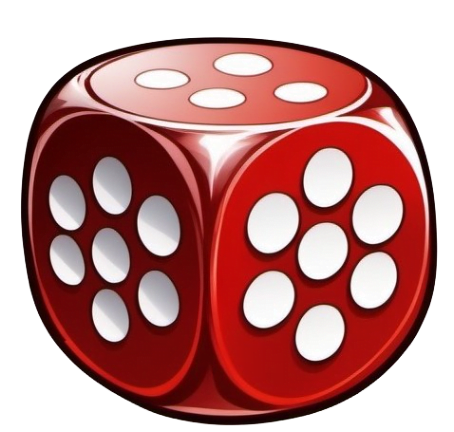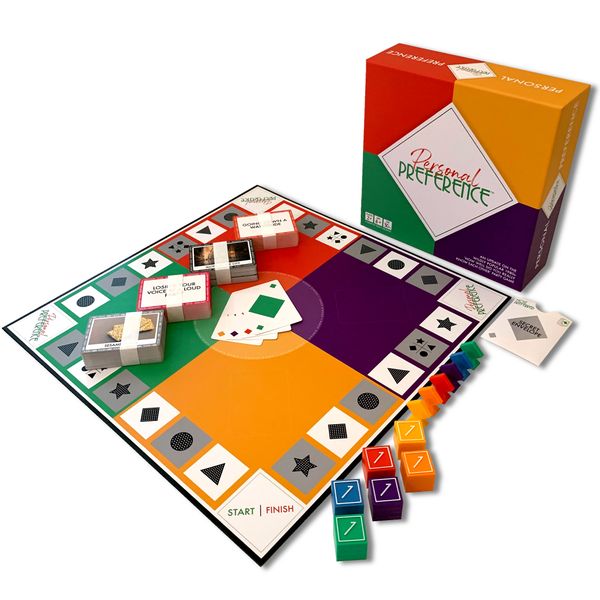Personal Preference (1987) Board Game
Personal Preference is a board game that was released in 1987 and designed by Donal Carlston. It is a party game that can be played by 2-16 players, with the best experience being with 4 or 8 players. The game revolves around players making predictions about each other’s preferences on various topics.
Game Components of Personal Preference
How To Setup Personal Preference
To set up the game, each player chooses a pawn and places it on the starting space on the board. The category cards are shuffled and placed within reach of all players. Each player receives ranking chips. The active player, known as “IT,” draws four cards from the category indicated by their pawn’s position on the board.
Gameplay Mechanics and Game Objective
– Players take turns drawing four items from a category.
– The active player secretly ranks these items in order of personal preference.
– Other players, including teammates, guess the ranking using their ranking chips.
– Players can choose to “double” their guesses for higher rewards or penalties.
– Guess the active player’s rankings correctly to move forward on the board.
– Teams move their pawn forward one space for each correct guess and are not penalized for incorrect guesses unless they “doubled” the guess, in which case they move backward.
Player Experience
**Personal Preference** is designed for social interaction and is highly enjoyable, especially in group settings. Players engage in discussions and debates to agree on rankings, which fosters teamwork and communication. The game is simple to learn but challenging to master, as it requires understanding the preferences of other players. It is suitable for players aged 12 and above, though younger players can also enjoy it with some guidance.
Pros
Cons
Personal Thoughts on Personal Preference
**Personal Preference** is perfect for those who enjoy light-hearted, social games that promote interaction and fun. It is not a strategy game like **Coup** or **Pandemic**, but rather a game that excels at bringing people together and fostering a sense of community. The updated version with new card decks makes it appealing to both old and new players, ensuring its relevance across different age groups. If you’re looking for a game to enjoy with friends or family that isn’t too complex but is full of laughter and discussion, **Personal Preference** is an excellent choice.
We are supported by our audience. When you purchase through links on our site, we may earn an affiliate commission, at no extra cost for you. Learn more.

